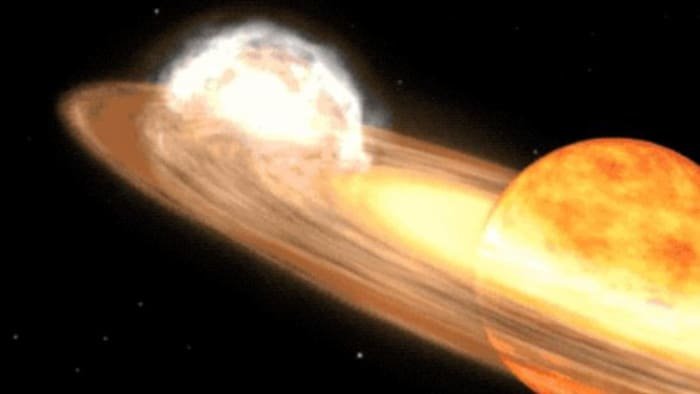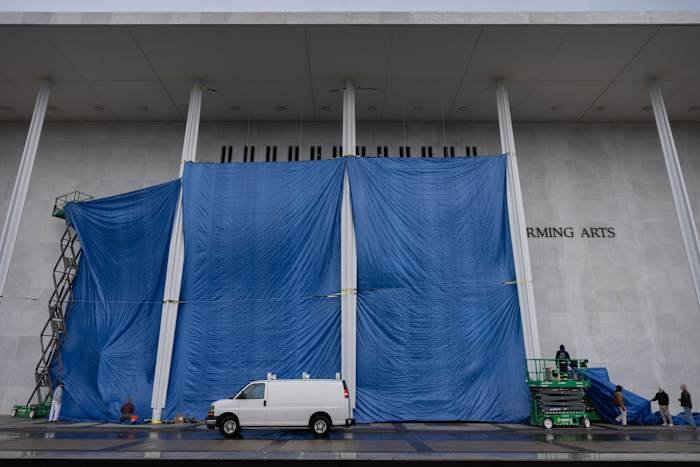Orlando, FL — Stargazers and astronomy enthusiasts in Central Florida are in for a celestial treat. An extraordinary astronomical event—one that happens only once every 80 years—may soon unfold right over our heads. A star system known as T Coronae Borealis, or the “Blaze Star,” is expected to erupt in a brilliant nova explosion, becoming visible to the naked eye across Florida, including right here in Orlando. If you’ve ever dreamed of witnessing an astronomical phenomenon that few get to see in their lifetimes, now is your chance. Here’s everything you need to know about this cosmic event and how it will affect skywatchers in the Orlando area.
What Is T Coronae Borealis and Why Does It Matter?
T Coronae Borealis (often nicknamed “T CrB” or the “Blaze Star”) sits about 3,000 light-years from Earth, nestled within the constellation Corona Borealis. This star isn’t just any ordinary twinkle in the night sky—it’s a recurrent nova, meaning it periodically erupts in a dramatic outburst. The last time T CrB exploded was in 1946, and, based on astronomers’ predictions, we’re due for another show anytime between now and September 2024.
For Orlando residents, this is an exceedingly rare opportunity. Most people only get one chance in their lives to witness such a brilliant nova with the naked eye. When it explodes, T CrB will temporarily shine as brightly as the North Star, transforming a faint, unremarkable point of light into a major feature of our night sky.
When Could the Nova Explosion Happen?
Astronomers are closely monitoring T CrB and believe its eruption is imminent. Based on historical data and current observations, the nova is expected to flare between now and September 2024. However, the exact moment remains unpredictable, adding to the excitement and anticipation for skywatchers.
For those in Orlando, it’s a good idea to keep an eye on astronomy news and local weather updates. The explosion will be visible for only about a week before the star dims back to its usual faintness. Since Orlando often has clear skies in the summer, local residents could be among the best-positioned in the country to enjoy this spectacle—weather permitting.
How to Spot the Nova from Orlando
When T CrB erupts, you won’t need a telescope or binoculars—just your own eyes and a view of the northern sky. Here’s how Orlando residents can maximize their chance of spotting the nova:
- Find the Constellation: Look for Corona Borealis, which appears as a small semicircle of stars north of the familiar constellation Boötes and close to the bright star Vega.
- Best Viewing Times: In Orlando, the optimal time will be after sunset and before midnight, when the constellation is high in the sky.
- Escape Light Pollution: Although the nova will be exceptionally bright, heading to areas with less city light—such as parks or rural outskirts—will give you the best view.
- Stay Updated: Local organizations like the Orlando Science Center and astronomy clubs often share alerts and host viewing events.
Don’t forget to check the weather forecast—clear skies will be essential for the best viewing experience!
Why This Event Is a Big Deal for Orlando
Astronomical events like this don’t just offer a stunning visual spectacle—they’re also a chance for the Orlando community to come together. Local schools, science centers, and astronomy groups are already planning to hold educational events and public stargazing sessions. For families, it’s a wonderful opportunity to inspire curiosity in kids and introduce them to the wonders of the universe.
Orlando’s position in Central Florida—with relatively low horizons and ample public spaces—makes it an ideal spot for skywatching. Plus, with the city’s growing interest in science and space (thanks in part to our proximity to Kennedy Space Center), this nova outburst will undoubtedly spark excitement throughout the region.
Keep an eye on community calendars and the Daily Orlando News for announcements about special viewing parties and educational sessions as the eruption draws closer.
Tips for Photographing the Nova
If you’re hoping to capture the nova’s brilliance for posterity—or for your Instagram feed—here are a few tips:
- Use a Tripod: Even a smartphone camera can capture the event if stabilized on a tripod or solid surface.
- Manual Settings: If your camera allows, use manual mode with a low ISO (to avoid graininess) and a long exposure to let in enough light.
- Include Landmarks: Frame your shots with local Orlando landmarks, like Lake Eola’s fountain or the downtown skyline, for a unique twist.
- Share Your Photos: Tag #DailyOrlandoNews and let the community see your perspective!
Conclusion: Don’t Miss This Once-in-a-Lifetime Event!
The impending nova explosion of T Coronae Borealis is a rare chance for Orlando and
















